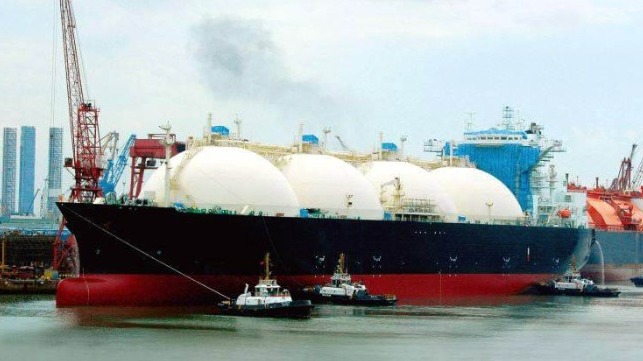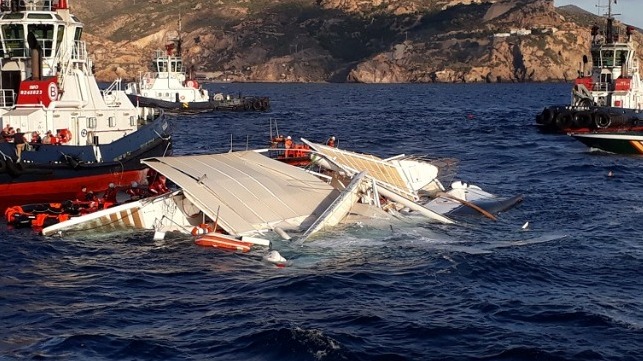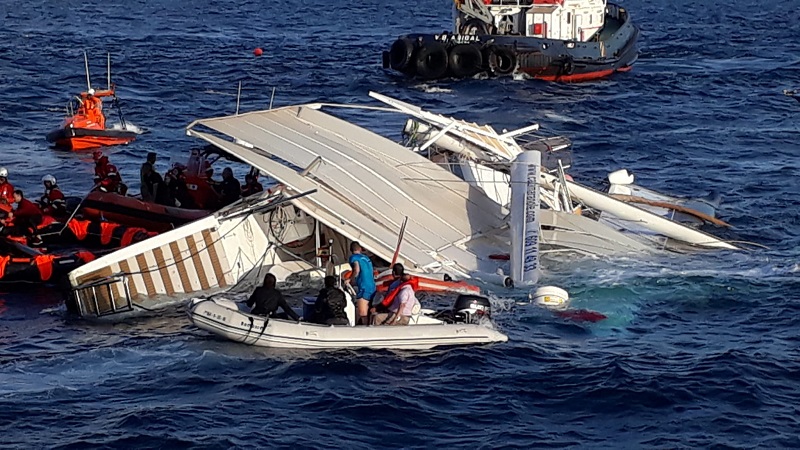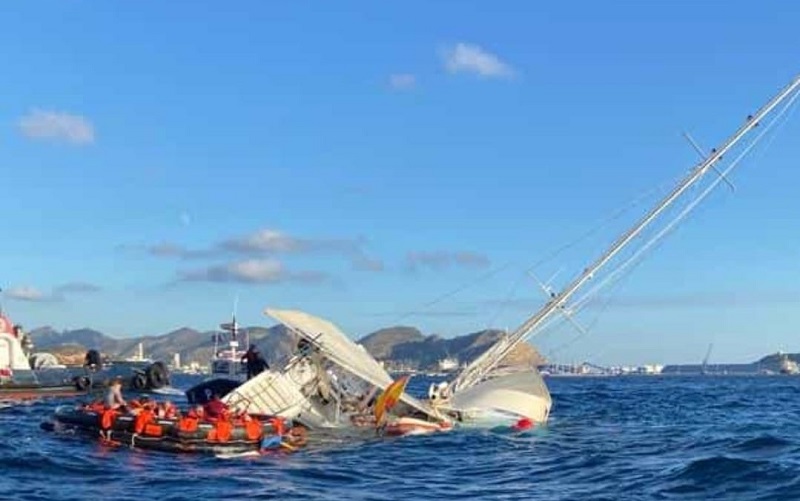
The celebration of the signing of the U.S. infrastructure legislation into law today in Washington, D.C., is seen as a critical step but according to a research report from U.S. West Coast ports maybe be just catching up to foreign competition. The bill, which is being valued at $1.2 billion includes important elements for U.S. ports, although some of the projects for roads, bridges airports, and Wi-Fi are far more visible and gaining attention.
In announcing the results of the study commissioned by the ports of Washington state and California, the Northwest Seaport Alliance contends that current federal levels of investment in infrastructure are insufficient to build the freight system the U.S. needs today and in the coming decades. The report says investments in the ports and supporting infrastructure are critical to maintaining U.S. competitiveness.
“The important role seaports play in the nation’s economy has never been more visible than it is today, during the global pandemic,” said Port of Long Beach Executive Director Mario Cordero, one of the sponsors of the report. “The West Coast is the gateway to Asia and the country’s most prominent trade partners. A more equitable distribution of federal funding would make all our operations faster and more efficient, with tremendous benefits up and down the supply chain.”
SOURCE READ THE FULL ARTICLE
https://www.maritime-executive.com/article/canada-significantly-out-investing-u-s-for-port-infrastructure












